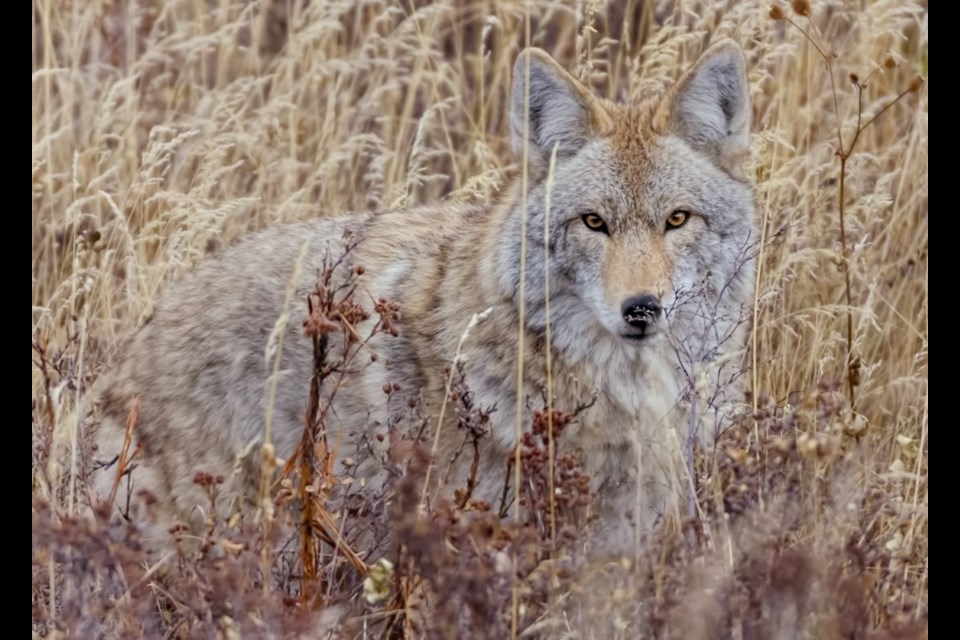Moose, badgers and bumblebees — oh my! The City Nature Challenge was back for another year in 2022, and these were just some of the species participants may have been able to see and record at Glenbow Ranch Provincial Park.
Matt Wallace, a freelance urban ecologist and a citizen science coordinator, is the organizer of the Calgary regional event. He says the City Nature Challenge was a great opportunity to inspire people to explore the outdoors in early spring.
"It's a good launch to get people outside for warmer months and to consider how their photographs and findings can contribute to citizen science," he said.
The event is a global initiative started by the Natural History Museum in Los Angeles and the California Academy of Sciences. The purpose is to inspire people to go out and explore nature within cities and beyond.
"How they do it is by making observations, taking photographs or making audio recordings of plants and animals, and then uploading them to the iNaturalist app or website," Wallace explained.
Evidence of an organism's presence, such as animal droppings or tracks, can also be recorded.
"People are really creative in how they explore nature," said Wallace. "We've had people upload photos of microorganisms from taking a scoop of a sidewalk puddle or snow melt and using their microscopes to help look for microorganisms."
For those checking out Glenbow Ranch Provincial Park last week, Wallace suggested visitors keep an eye out for prairie crocuses and various species of grass.
"There's probably about 20 or 30 different species of grass there that people can document," he said. "They can also look for eagles soaring along the cliff sides there.
"They may even find some moose or even bobcats which have been reported there."
Glenbow Ranch has been a participating City Nature Challenge location the past. New to this year was all of Rocky View County, according to Wallace — which helped fill in gaps between the city of Calgary and many of its satellite communities.
Sarah Parker, executive director of the Glenbow Ranch Park Foundation, said the park just southeast of Cochrane is a particularly great area of interest due to its unique and expansive landscape.
"The ranch is 3,200 acres of protected, continuous grassland ecosystem," said Parker. "What that means is that we have a high diversity of species in the park."
Species such as coyotes, deer and various birds of prey thrive there because the area is not cut off by roads or homes.
Some of the less common species one might have been able to see at Glenbow Ranch included weasels and badgers, said Parker.
"Our badger populations in Alberta are declining," she said. "Most people haven't seen a badger unless they've grown up on a farm or a ranch, but we have a family of them who pop up here and there throughout the park."
The area is also home to over 100 species of bumblebees.
"You never know what you'll identify on any given day — we have hundreds of species in the park," said Parker.
The City Nature Challenge ran from April 29 to May 2, but on May 1, a park steward led groups through Glenbow Ranch to answer historical and ecological questions, and also offer photography tips.
Prior to press time, Wallace said he hoped to see the Calgary region set a new Canadian record of 10,000 total observations over the duration of the event's four days. People could even participate in their own backyards by recording worms in their gardens or birds at their feeders.
Recorded submissions are like the equivalent of a museum curation or collection of organisms, said Wallace.
"It's important to recognize that when people share their nature observations to an app like iNaturalist — that really helps to not only educate our communities, but also inform researchers and scientists," he said.
"We've made rediscoveries of species and learned about extended ranges. And the information has been particularly useful to understand invasive species and how they navigate the landscape."



